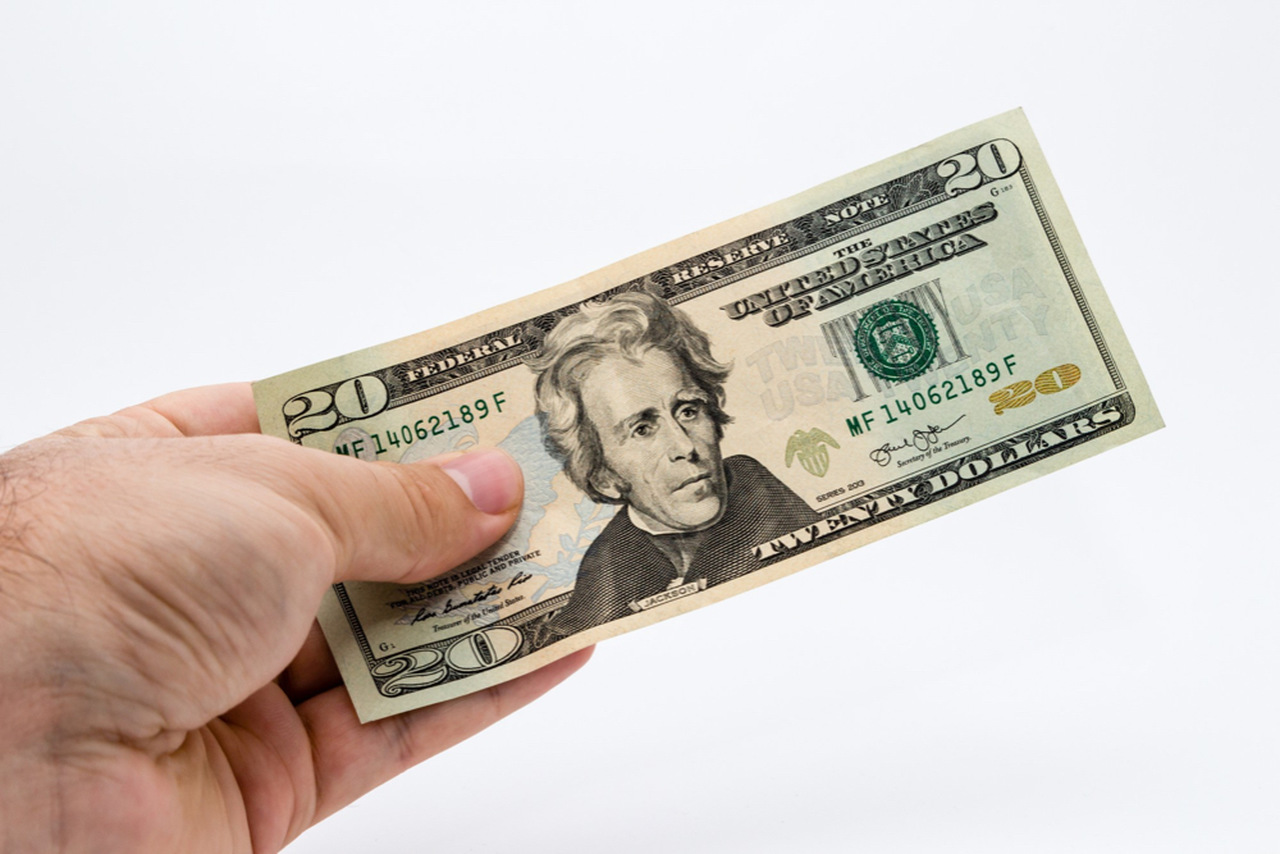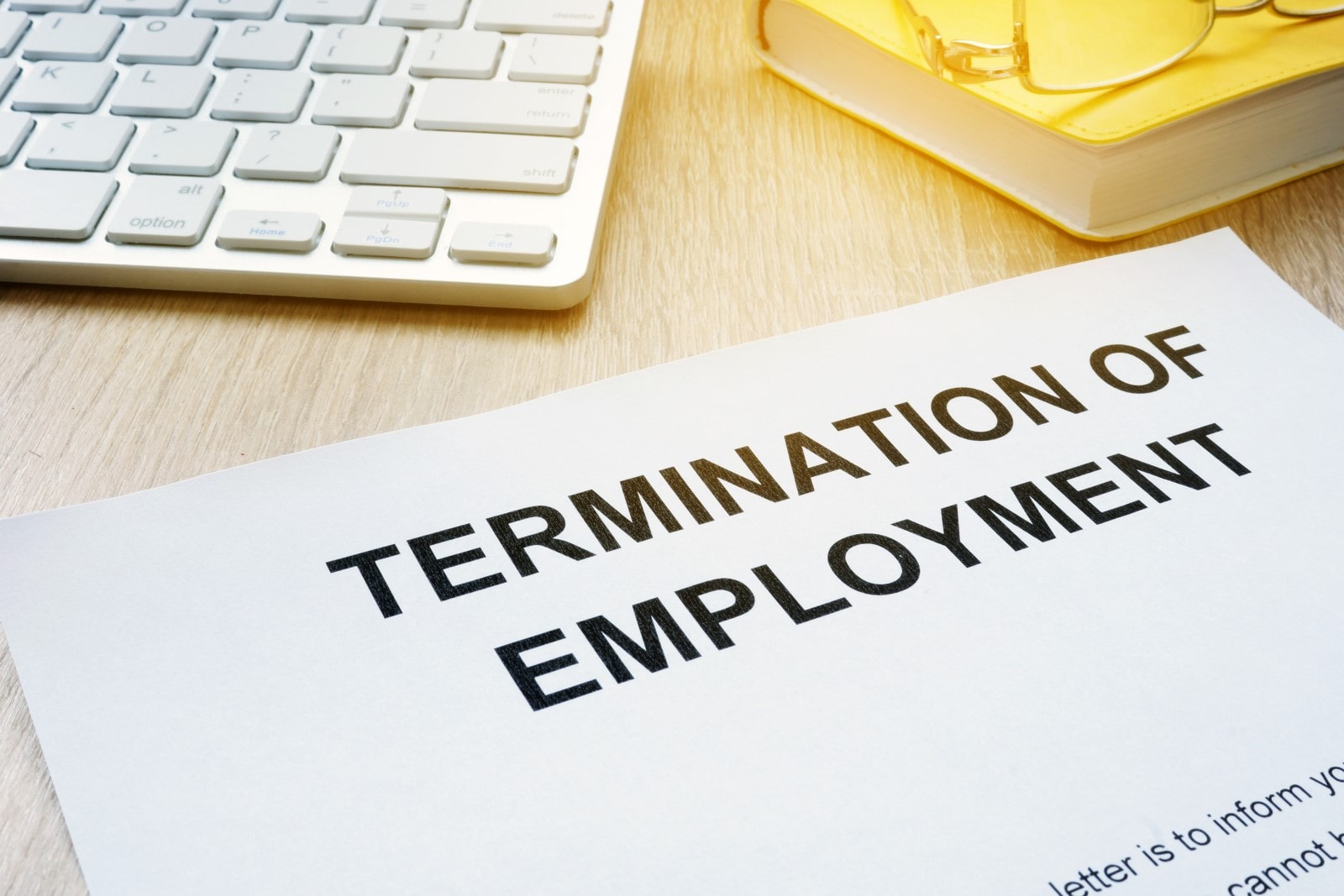Everything you need to know about tax obligations in one place
Do you get shivers every time you hear the word “TAXES”? Maybe even for you the idea of taxes is foreign and you don’t know where to start? We have you covered! In this article we have gathered main rules you need to consider to prepare your freelance taxes and some fundamental practical tips on how to optimize your tax load. Paying taxes does not need to be stressful ever again!
This article is especially relevant for you if you are setting up a new business or considering to start a freelance career as it will help you avoid some serious mistakes.
Disclaimer: We have put a lot of effort into gathering all the main facts for you in this article, which is meant to provide you with a general overview on the topic. However, this article does not constitute or substitute professional tax advice. If you have detailed questions, have income from multiple sources or worked in different states, we strongly recommend to consult a tax professional/Certified Public Accountant for your specific case.

What taxes do freelancers pay on freelance work?
So far, you did not have to worry much about taxes: as an employee you received a paycheck and taxes were handled for you by your employer. You might even have never filed a tax return with the Internal Revenue Service (IRS, which is the U.S. federal agency that monitors the collection of taxes and enforces tax laws) in your life.
However, things look quite different if you are a full-time freelancer or do some freelance work part-time as a side gig. In such case you are working for yourself and no longer have an employer. In fact, the IRS qualifies as self-employed everyone:
- who carries on a trade or a business as a sole proprietor or an independent contractor
- who is a member of a partnership that carries on a trade or a business
- who is otherwise in business for oneself (including a part-time business).
Basically, freelancers are always self-employed and there is no difference between the two in terms of tax treatment.
Irrespective of how you prefer to call yourself, freelancer or self-employed, in both cases you have full responsibility for handling your tax matters.
❇️ Main tax obligations of a freelancer are:
- to file annual tax return
- to calculate estimated taxes on an ongoing basis
- to pay estimated taxes quarterly
- to file information return to the IRS
But what taxes as a freelancer would you have to pay? This is not quite straightforward as taxes are levied at different levels: federal, state and local.
Federal taxes
Self-employed workers in the U.S. must pay self-employment tax and income tax. Self-employment tax consists of Social Security and Medicare tax, similar to Social Security and Medicare taxes to be paid by employees. Unlike employees, however, as a freelancer you will have to calculate the due amount yourself and you have to pay both halves of the Social Security tax, because you are both an employee and employer at the same time. Both income and self-employment tax are federal taxes. They also make up the biggest chunk of your payments to the government.
State and local taxes
On top of that, consider that you will probably have to pay state income taxes. All states, except Alaska, Florida, Nevada, South Dakota, Tennessee, Texas, Washington, and Wyoming impose income taxes on freelancers. New Hampshire taxes exclusively dividend and interest income, so doesn’t apply directly to your business income as a freelancer.
In addition to federal and state taxes you might have to pay local income taxes, depending on where you are physically located. Local taxes are due in around 5.000 cities and counties, New York City being the most prominent example.
If you are in freelance business on your own, don’t hire any employees or take business loans you will probably not be subject to any business registration or licensing requirements. Your freelance business will also be exempt from sales tax if you only provide services to clients. Exceptions are Hawaii, New Mexico, South Dakota, and West Virginia. These states impose own taxes on all services, subject to very little exceptions.
❇️ Even though state and local taxes can be tricky, you can get great help from the tax authorities and available resources on their websites. Find the right tax agency (depending on where you live) on the IRS website or Federation of Tax Administrators.
When do you have to pay taxes?
Self-employed individuals are required to file an income tax return if their net earnings from self-employment were $400 or more in a single tax year. Consequently, if you are planning to make a living with your freelance business, you must file taxes. The amount on your tax bill will however depend on various factors, your freelance income in the first place. We will dive into more detail in the next section.
Both federal and state income taxes are pay-as-you-go taxes, meaning you have to pay taxes throughout the year. If you expect your tax bill to be $1000 or more, you must make quarterly estimated tax payments. In addition, you must file the annual tax return by the universal Tax Day – April, 15. This means that your tax schedule will look like:
- April 15: annual tax return for the previous year & first estimated quarterly payment for the current year
- June 15: second quarterly payment
- September 15: third quarterly payment
- January 15: fourth quarterly payment
Each payment is calculated on the basis of the freelance income for the past quarter.
You might feel like this system puts an unnecessary burden on you. Try to see this in a positive way: by paying quarterly taxes, you avoid a large tax bill when the tax season comes! If you underpay your quarterly taxes, you will have to pay the difference with the annual personal tax return. If you overpay the quarterly taxes, you will get a tax refund. However, we do recommend to get used to the idea that you won’t get anything back. As you are the one sending money, it is unlikely that you will overpay during the year.
❇️ Note that you can pay your estimated taxes online: simply visit the IRS webpage and choose preferred payment method.
How much tax do I pay as a freelancer?

Earlier we have figured out that your freelance income will be subject to income and self-employment taxes on the federal, state and local levels. Now let’s try to understand how much tax payments will be expected from you.
Income tax
First, let’s look into the income tax. The tax system in the U.S. is progressive: if your income increases, the amount of taxes you must pay increases as well. The amount of money you need to pay to the Internal Revenue Service is determined with the help of tax brackets. You can calculate the tax bracket you fall into by dividing your income into groups. You also have to consider your filing status: if you are single, married filing jointly, married filing separately or head of household.
For example, if you are single and your taxable income is $90,000 in 2022:
- The first $9,950 is taxed at 10%: $995.00
- The next $30,574 (40,525-9,951) is taxed at 12%: $3,668.88
- The next $45,849 (86,375-40,526) is taxed at 22%: $10,086.78
- The last $3,624 (90,000-86,376) is taxed at 24%: $869.76
The total tax amount is the sum of $995.00 + $3,668.88 + $10,086.78 + $869.76 = $15.620,42 (ignoring any tax deductions that might be applicable to your taxes).
This example is limited to federal income tax, to know your full tax liability consider the relevant state and local income tax rates and add them to the calculation.
❇️ Good news: the highest tax rate applies only to the top portion of your income!
Self-employment tax
Self-employment tax rate (SE tax) is currently at 15.3% and consists of Social Security and Medicare taxes. Social Security tax is 12.4% and Medicare tax is 2.9%. Your SE tax payments provide you with retirement benefits, disability benefits, and hospital insurance benefits.
You have to pay Social Security tax of 12.4% on your business income as a freelancer up to a limit of $142,800 (as of 2022). This limit is called Social Security wage base and is adjusted annually. Anything you earn above this limit is exempt from Social Security tax but remains subject to 2.9% of the Medicare tax (no thresholds apply). You will also be liable for Additional Medicare Tax of 0.9% if your self-employment income exceeds certain threshold (for single individuals currently $200.000).
❇️ Good news: you can deduct the employer-equivalent portion of your self-employment tax as an adjustment to income. You don’t have to pay income tax on this portion of your earnings.
What does taxable income mean?
We have mentioned earlier that your tax liability is calculated based on the taxable income. But what exactly is taxable income?
You might have guessed already that you don’t pay taxes on each dollar you earn. As a freelancer you have amazing possibilities to expense the costs for running your business.
First, you need to calculate your gross income. Your gross income includes your income from all sources, including business earnings, wages, dividends, interest, and rentable income.
Second, you need to figure your net profit or net loss from your business. To do that you subtract you business expenses from your gross income.
❇️ The next great news: your business expenses are considered to be tax deductible and can have a significant effect on your taxes as a freelancer!
Some of the deductible expenses can be:
- home office costs, including a portion of internet and utilities
- travel costs
- laptop and mobile phone
- software costs
- office supplies
- professional memberships
- marketing expenses
- insurance
As a freelancer you are mostly conducting business as a sole proprietor or independent contractor and should use Schedule C of the Form 1040 to calculate your net income from self-employment.
How to calculate quarterly estimated tax payments?
Estimated tax is a method used to pay taxes as a freelancer, as you have no employer withholding the taxes for you. You shall use the Form 1040-ES to find out if you are required to file estimated taxes on a quarterly basis.
You can use last year’s tax return to calculate your estimated taxes as a starting point. If this is your first year as a freelancer you are expected to estimate how much you will earn throughout the year and make quarterly payments based on the calculations we outlined above.
Alternatively, you can engage a tax professional to help you with the tax forms. You can also use tax calculation software, such as TaxAct, TurboTax or IRS Free File (for free!).
Tips to maximize your earnings

#1 Understand your tax obligations
As a freelancer you have full liability for paying your taxes correctly and on time so it is crucial that you understand the basics. Hopefully, having read this article you know what is expected of you and can plan accordingly. Tax professionals recommend freelancers to set aside 20 to 30% of their net income to cover the tax obligations when the tax season comes.
#2 Know your possible tax deductions
The good news is that as long as you have a freelance business you are entitled to valuable tax deductions. At the same time, you have to keep track of your income and expenses on a regular basis, distribute expenses evenly throughout the year and use a separate savings account for your business purposes. Knowing what you can expense and having an organized system of records is a real game-changer.
#3 Have a record-keeping system
If you are serious about your freelance business you really need to come up with a record-keeping system, be it paper files, Excel sheet or an accounting tool (like Quickbooks). Remember: you always need to have documents about the payments received and your expenses as the IRS may request them anytime. You also shouldn’t rely on your clients to provide you with the necessary forms evidencing the source of income (Form 1099-NEC is required whenever the client is paying over $600). As you are responsible for reporting all your income, always take care of proper accounting yourself and check the numbers on the 1099 form against your own records.
#4 Get some help
It’s OK to recognize that you cannot deal with the taxes on your own. After all, filing taxes can quickly become a nightmare as the U.S. tax code is particularly complex. So get yourself some help! You can use one of the many tax tools online or even consult a tax professional if you have enough budget. However, don’t avoid this topic until the tax season is upon you and save yourself time and money on additional taxes or penalties.
Frequently asked Questions about paying taxes as a freelancer
SE tax is a combination of Social Security and Medicare taxes, to be paid by self-employed individuals with net earnings from self-employment above $400. SE tax is a federal tax and is paid in addition to the income taxes. For freelancers it is calculated as 15.3% from the net income.
Late payments and underpaid taxes are subject to penalties by the IRS. As a freelancer you should consider making your quarterly tax payments early rather than late. Remember: you don’t need to wait for the tax time to come. In fact, it might be smarter to pay estimated taxes as soon as you get paid by your clients. Especially if you don’t expect any additional earnings until the end of the quarter. Alternatively, you should be setting aside money for the estimated quarterly taxes in a separate savings account.
We recommend to set aside 30% of your freelance earnings for quarterly payments. Like that paying taxes will be as painless as possible for you when the tax time comes. Don’t forget to deduct expenses to calculate the amount due. You should use Schedule C of the Form 1040 to figure your net earnings.




